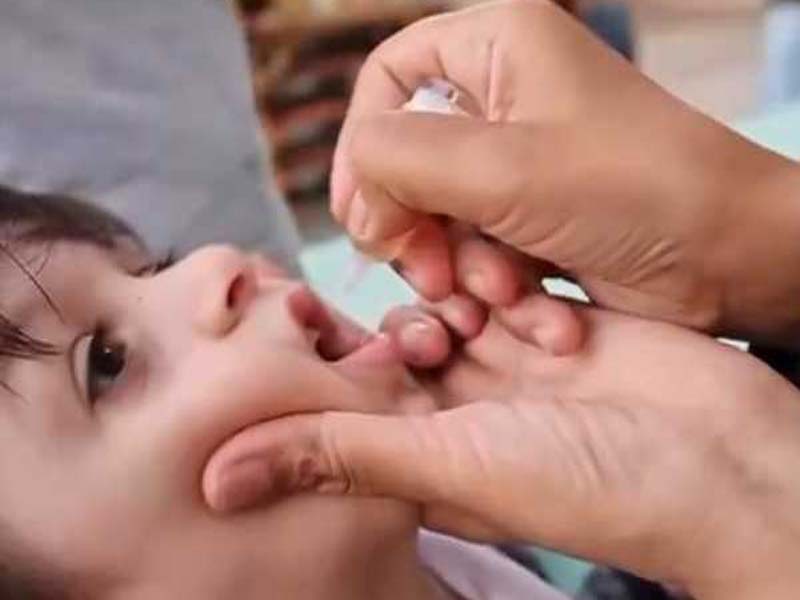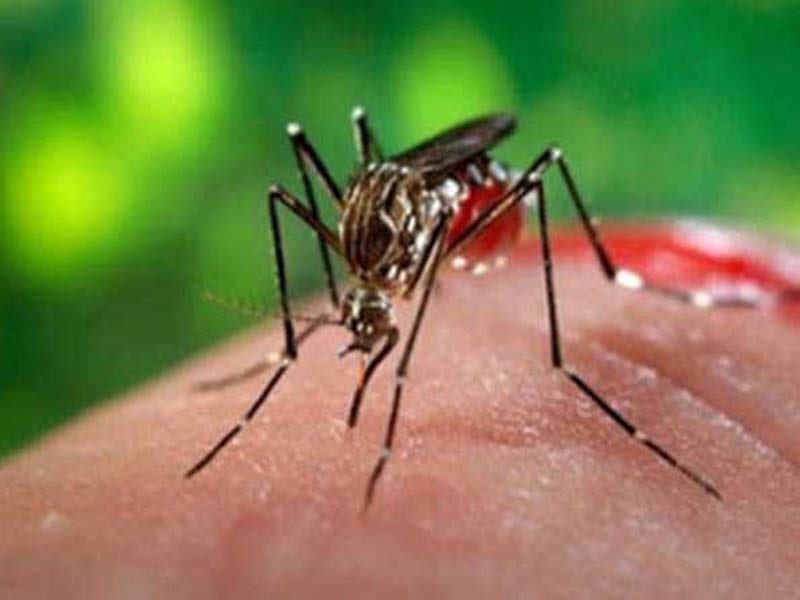Need for concerted effort to vaccinate more people against Covid in Punjab: Expert
Jalandhar Jan 1:A 44 per cent jump in daily Covid cases in the country on December 29 signals the outbreak of Omicron, the latest variant of SARS-CoV-2, said Dr Naresh Purohit, Advisor, National Immunisation Programme.
Dr Purohit stressed on the need for a concerted effort to vaccinate more people against Covid in the state. He said, with assembly polls set to take place in Punjab next month, danger of the Omicron wave looms large in the state as only 40 per cent adults are fully vaccinated, which is lowest in India. Even larger states like Uttar Pradesh and Bihar, which used to lag behind on vaccination, have now gone past Punjab. Low full vaccination poses a threat of a significant Covid wave, he said.
Senior Pandemic Control Expert Dr Purohit told UNI here on Saturday that India’s Omicron count may still be in three digits, but as the WHO says, it multiplies in 1.5 to 3 days despite high vaccination density. So there is no room for complacency. UK along with European nations like France, New Zealand and Germany are adding Omicron cases everyday and have already raised travel barriers and made masks mandatory. Recent WHO update reveals that there is a consistent evidence showing that the Omicron has a growth advantage over the Delta with a doubling time of 2-3 days and rapid increase in the incidence of cases is seen in a number of countries, including those where the variant has become the dominant SARS-CoV-2 variant. WHO noted that the rapid growth rate is likely to be a combination of both immune evasion and intrinsic increased transmissibility.
Acclaimed Epidemiologist Dr Purohit observed that viruses gain a survival advantage from, and thereby often tend to drift towards, lower virulence and higher transmissibility in the population. While the initial epidemiological presentation of this could be alarming, it could augur the early stages of its end as a calamitous global pandemic. As witnessed in South Africa, the wave inspired by Omicron is likely to be a contracted one, rising and falling sharply, and also largely under-detected- leaving in its wake a fresh round of disease-induced immunity.
Principal Investigator for National Integrated Disease Surveillance Programme Dr Purohit emphasised that the communication strategy needs to be fine-tuned in light of existing and emerging evidence. A big chunk of Omicron cases is among those who are fully vaccinated. This could indicate that the fully-vaccinated are indulging more freely in risky behavior, such as not wearing masks. On average, around 62 per cent of India’s estimated 94 crore adults have received both shots of the vaccine. While they may be less prone to severe disease, they can spread infection. He added that health communication is likely to remain a major element of the prevention efforts. The rise of Omicron has quickly induced measures like night curfews as knee-jerk reactions with dubious efficacy.
He pointed that however, little has been done so far to shape and tailor our public health communication and discourse to suit the changed needs of Omicron. Cliched exhortations on masking and social distancing continue to be floated in the name of risk communication, just like as it happened during the second wave.
Noted physician said that it is important to note at this point that positive health behaviors inculcated during the first wave have only tended to diminish in intensity subsequently, owing to widespread pandemic fatigue. This warrants that the communication strategy be more nuanced and fine-tuned in light of existing and emerging evidence.(UNI)










